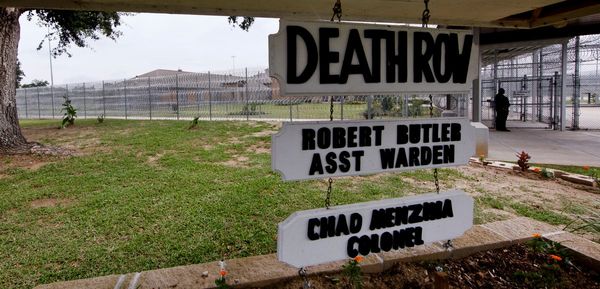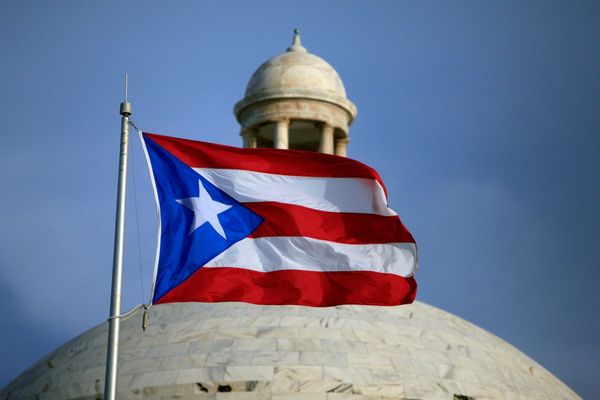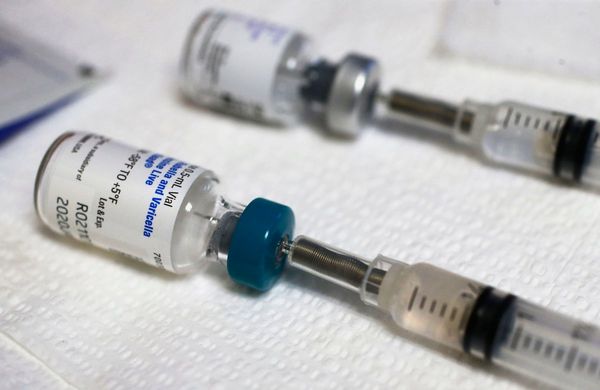
Note: This article mentions suicide and self-harm. Indigenous readers also note it mentions deceased persons.
The deaths of two children in Western Australia’s prisons in the past year should serve as a wake-up call for Victoria, with the state’s mismanagement of the youth justice system causing children to be held in conditions similar to solitary confinement.
On August 29, the second child on record died by suicide in a prison cell. According to his lawyers, he had been subjected to long periods of lockdowns and solitary confinement, including in the notorious Unit 18, a youth wing of the Casuarina maximum security adult prison.
This death occurred while WA was already hearing an inquest into the death of an Aboriginal child, 16-year-old Cleveland Dodd, who was found unresponsive in his cell in Unit 18. Cleveland was the first child to die in a WA state prison.
Cleveland’s coronial inquest has heard evidence that he was locked in his cell for more than 22 hours a day for 77 of his final 93 days in prison. Evidence has been presented of “a series of grievous lies” told to the public and then corrective services minister Bill Johnston about the staffing and conditions inside Unit 18.
The reality is the conditions under which Cleveland spent his final days bear many similarities to those of children we represent at the Victorian Aboriginal Legal Service. As in Western Australia, the Aboriginal children we represent in Victoria have been regularly locked in their prison cells for periods of more than 20 hours per day due to staffing shortages.
Our clients describe the sheer boredom and loss of hope that come with being kept in a small room for prolonged periods, not knowing when they will get out. Some try to pass the time by sleeping all day, some continuously pace their cells, and some resort to self-harm and suicide attempts.
The most recent government data shows that in the last quarter of 2023, there were 7,681 instances of isolation in Victorian youth prisons, with 6,888 of these justified “in the interests of the security of the centre”. In our experience, these isolations are almost always due to staffing shortages.
In March last year, 14 teachers at Victoria’s largest youth prison raised concerns about the “rampant” use of isolation, with one former teacher claiming this had led to “boys … threatening to kill themselves so that they could be put on constant observation, giving them someone at their cell door to talk to”. The teacher described “multiple suicide attempts” during her time at the prison, with most taking place “while boys were forced to isolate in their rooms”.
For more than seven years, organisations have been sounding the alarm about the routine isolation of children in Victoria. In 2017, an investigation by the Commission for Children and Young People found “systemic over-reliance on isolation” in Victoria’s youth prisons. In 2018, Aboriginal and Torres Strait Islander children interviewed by the Koori Youth Council reported being isolated in “the slot” for days and fed through a hole in the door. In 2019, due to the government’s failure to respond to prior inquiries, the Victorian Ombudsman investigated practices of solitary confinement of young people in Victorian prisons. The Ombudsman detailed the experiences of young people detained in effective solitary confinement for more than 100 days.
Last year, at the Yoorrook Justice Commission, Victorian Youth Justice commissioner Andrea Davidson and deputy secretary Joshua Smith acknowledged staff shortages were contributing to the isolation of young people. It was accepted that extensive lockdowns have impacted access to education and are “often a precursor to disruption events” like “rioting”.
The Youth Justice Department promised that the state’s new $419 million youth prison Cherry Creek Youth Justice Centre would see less isolations and “a new era for Victoria’s youth justice system”. The reality couldn’t be further from the truth. Children we speak to describe dire conditions at Cherry Creek, including staffing shortages, lack of access to education, and extended periods of isolation. One child was kept in his cell for 40 hours over Invasion Day in January for reasons including the holding of a staff meeting.
Victoria’s new Youth Justice Act, passed two days before the death of the second child in WA, expands powers to keep children in isolation for behavioural reasons. This is despite there being no evidence that isolation practices have any therapeutic benefit. To the contrary, evidence suggests isolation is counterproductive as a behaviour management tool. While the act prohibits solitary confinement, it still allows the isolation of children for 22 hours per day, and may even allow longer periods where a child has what Youth Justice defines as “meaningful human contact”.
Isolation and solitary confinement can have profound and lasting psychological, neurological and developmental impacts on children, particularly those with pre-existing trauma. For Aboriginal children, isolation can be particularly traumatising due to disconnection from community. Isolation increases the risk of suicide and suicidal ideation. Isolation of children in prisons also has a detrimental impact on community safety. It negatively impacts children’s education, rehabilitation, physical health and family involvement. Children are more likely to commit acts of violence if they have been isolated for extended periods of time.
In spite of this, the Victorian government appears more interested in caving into scare campaigns manufactured by Victoria Police and right-wing media than actually protecting children.
If we continue down this path, of locking children in their cells for long periods, it is a matter of when, not if, the first child will die by suicide in Victoria’s “modern, fit for purpose” prisons.
For anyone seeking help, Lifeline is on 13 11 14 and Beyond Blue is 1300 22 4636. Headspace and ReachOut have useful mental health resources for young people.







